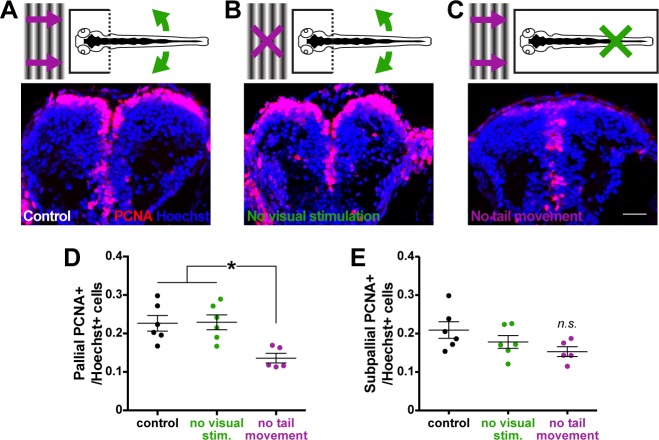Figure 4. Tail movement, not visual stimulation, associated with locomotion maintains pallial cell proliferation.
Larvae were fully embedded in agarose at 3 dpf and reared able to perceive either (A) visual stimulation associated with movement (a moving gradient; purple arrows) and tail movement (tail cut free from agarose; green arrows), (B) tail movement only, or (C; scale bar = 20 µm) visual stimulation only. By 6 dpf, larvae capable of tail movement exhibited more PCNA+ cells in the pallium (D) compared to larvae perceiving only visual stimulation associated with movement. Isolating visual or physical cues of movement had no significant affect on PCNA+ cell counts in the subpallium (E; control n = 6, physical only n = 6, visual only n = 5) by 6 dpf. *p<0.05. n.s. = not significant. Data are represented as mean ± SEM.

